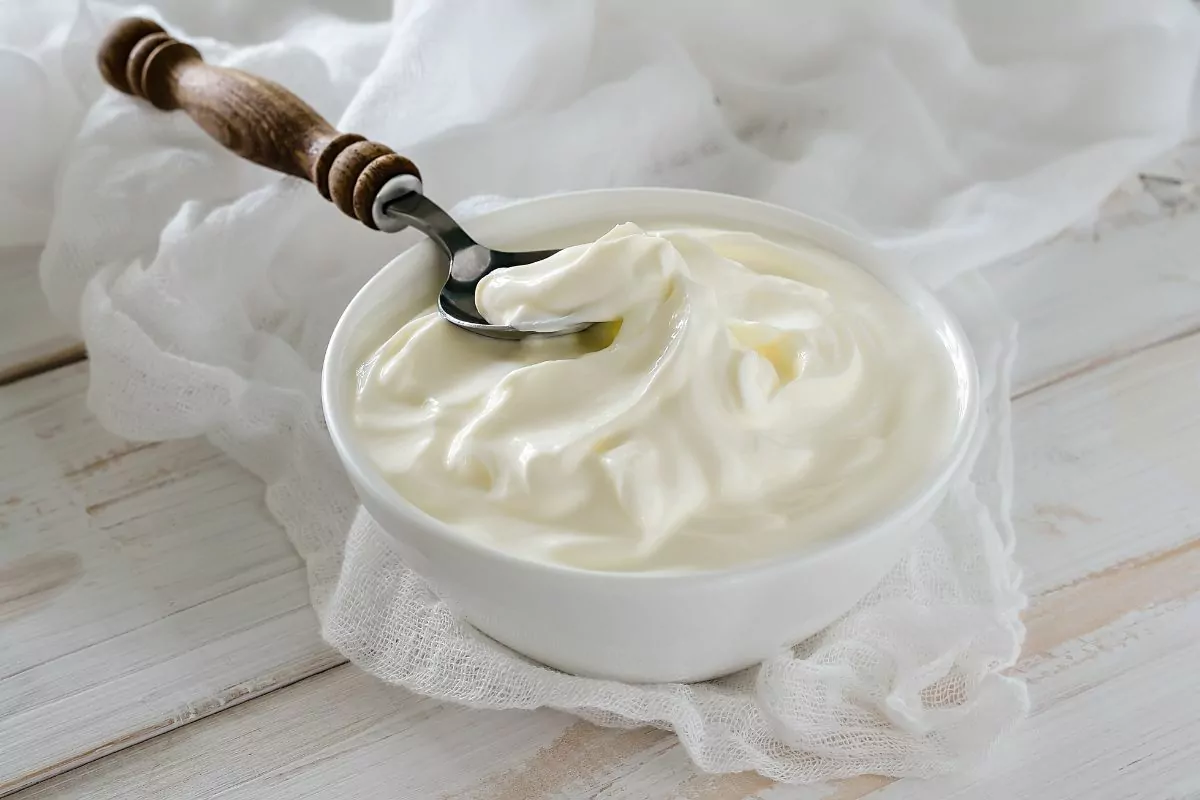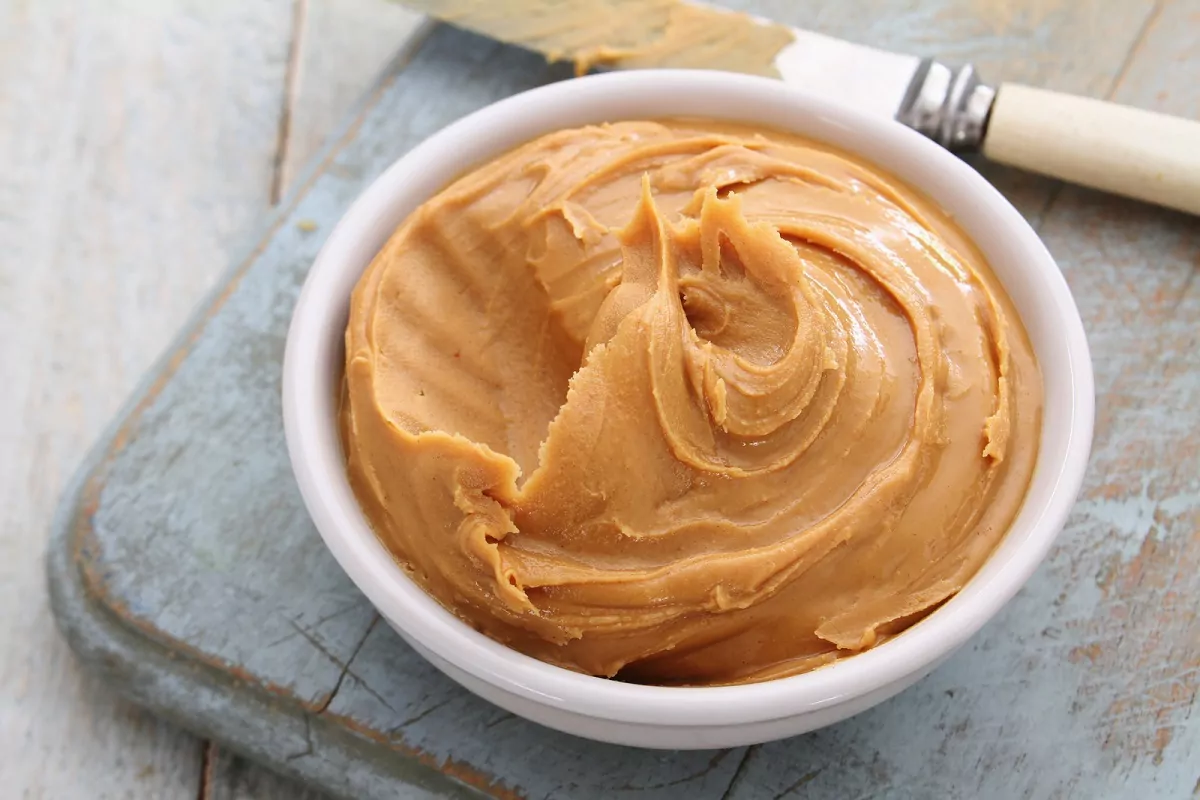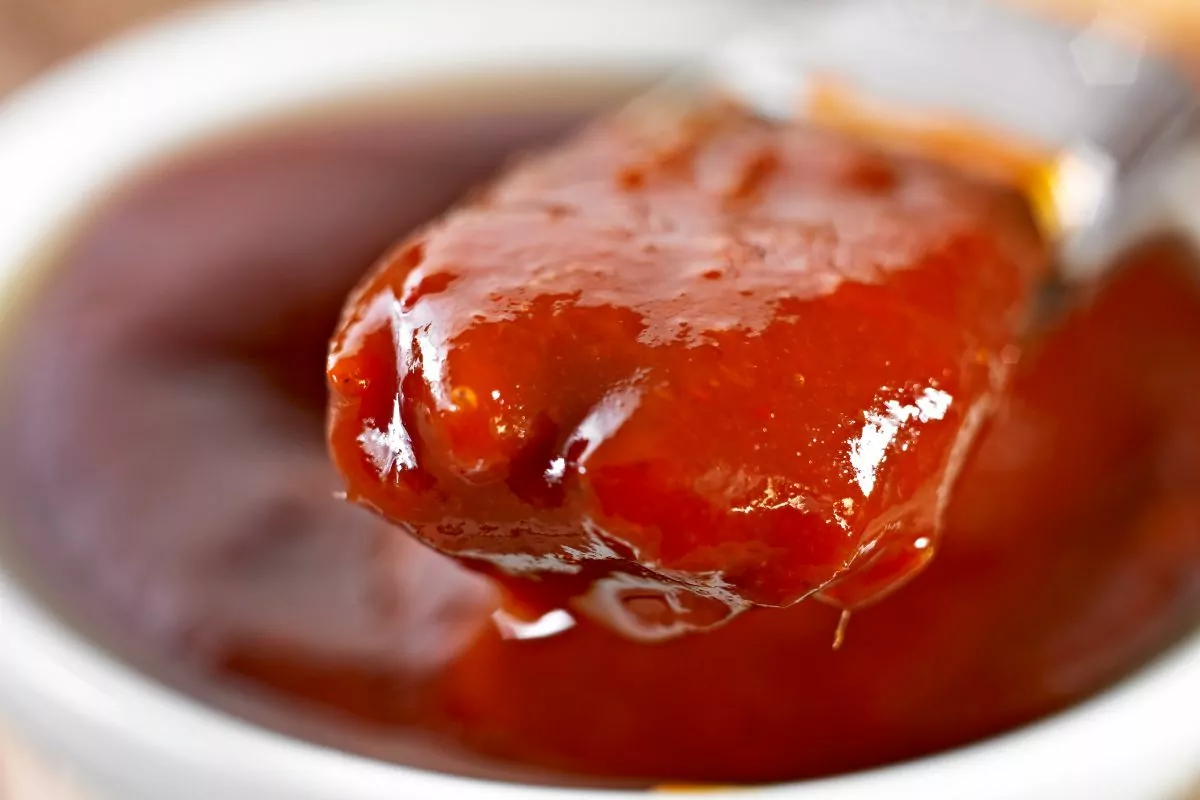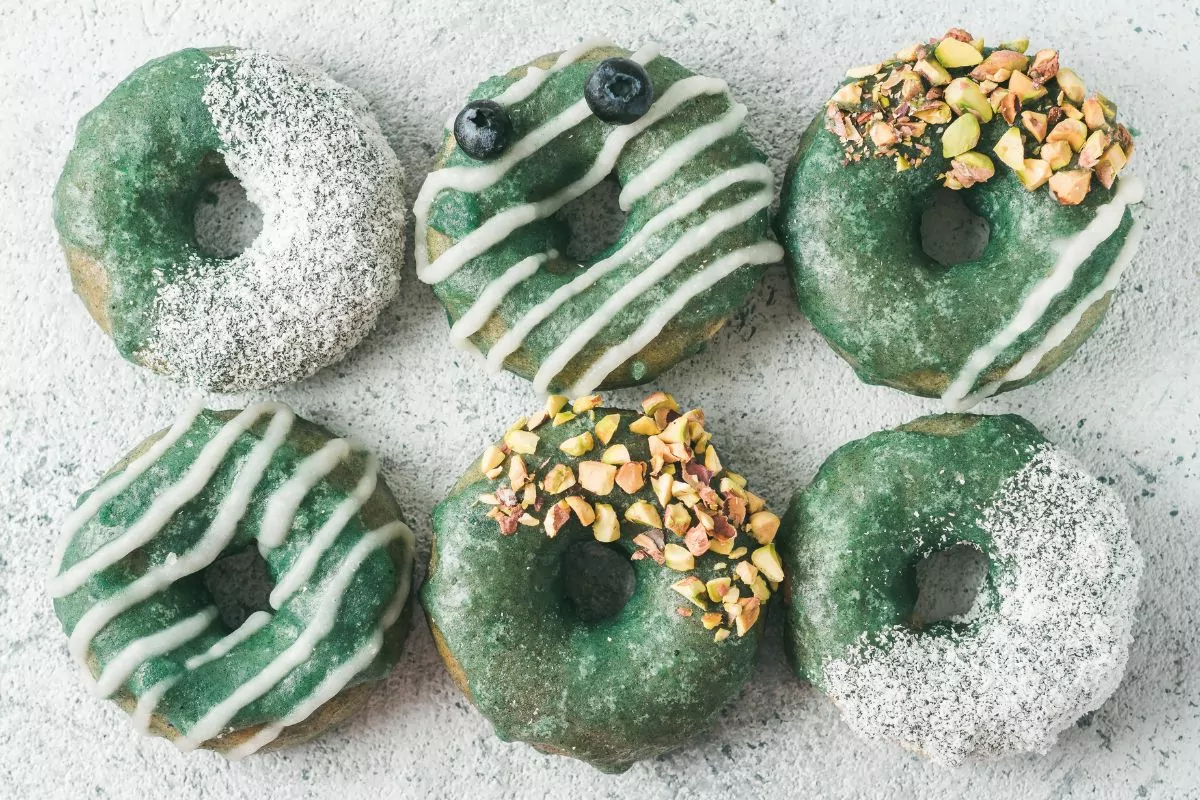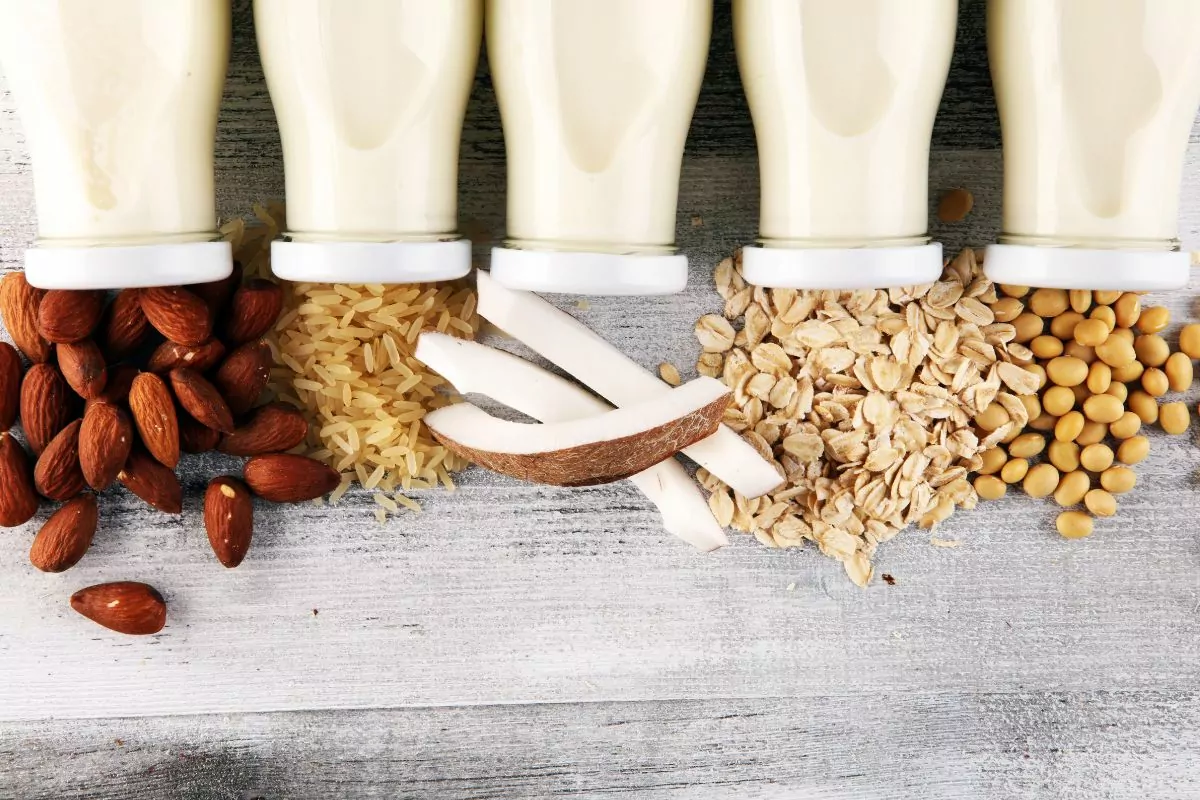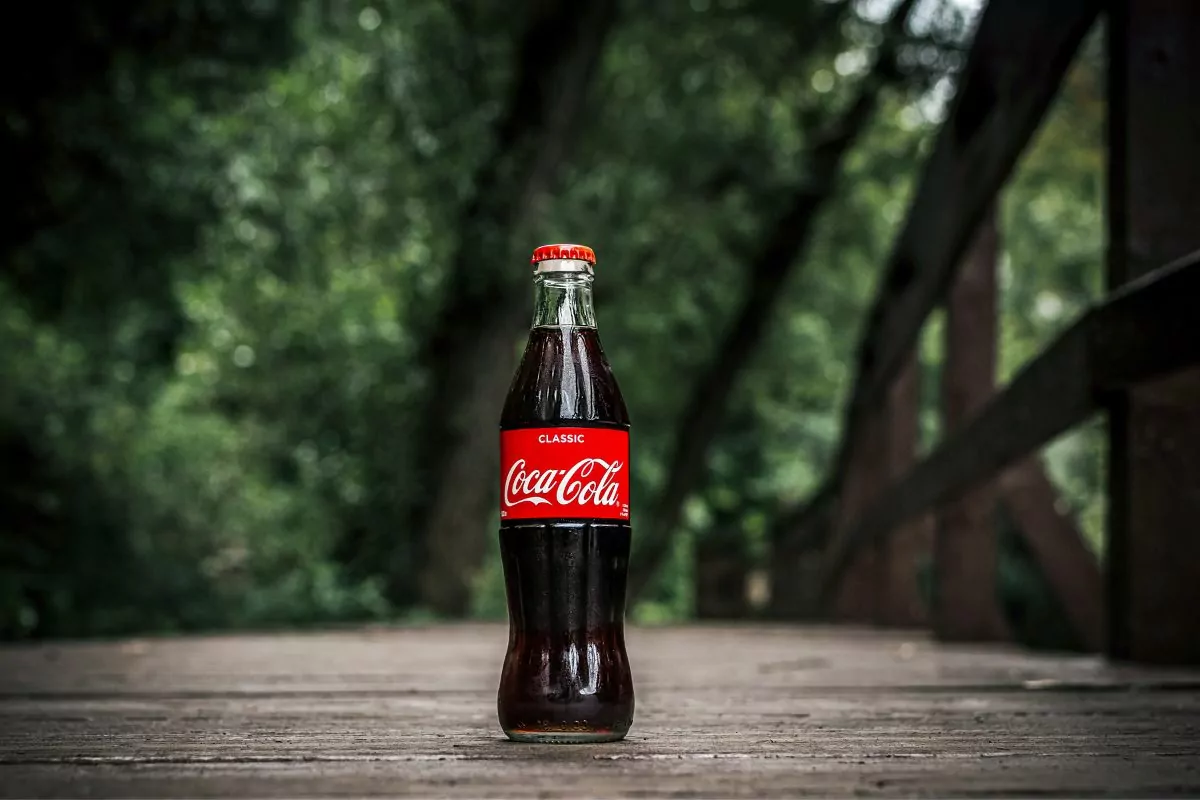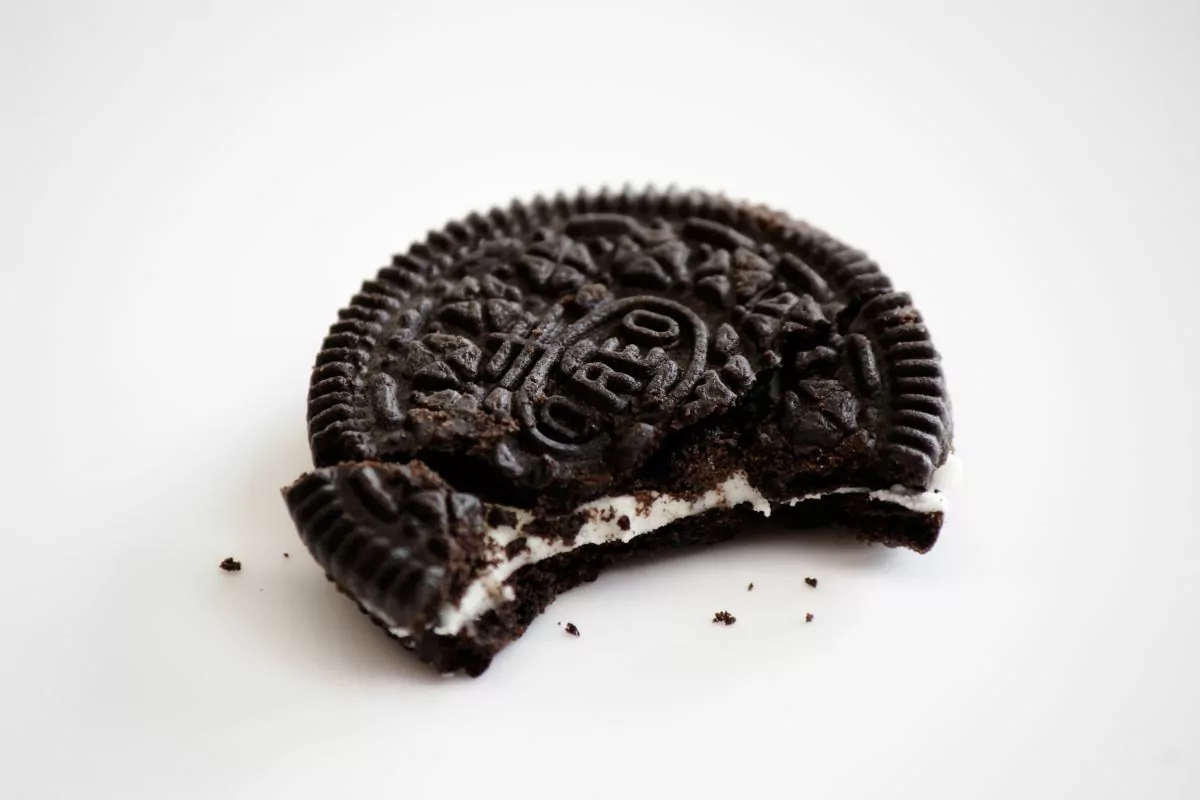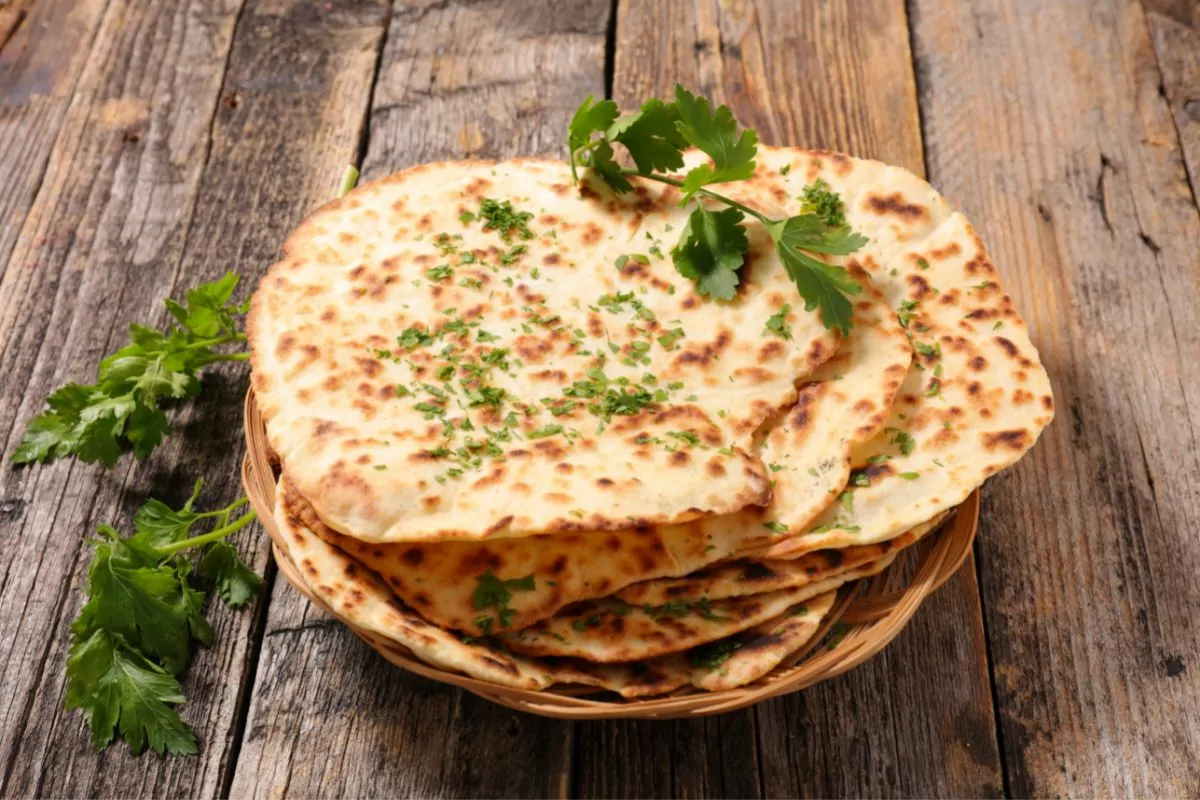Often, discovering whether a food item or ingredient is suitable for vegans can be a challenge.
Although food labels usually have this information, it isn’t always convenient to check.

While some foods may seem like they are vegan, they could contain specific ingredients that make them not vegan-friendly.
On the other hand, some foods might appear to contain animal products but are actually vegan!
Mayonnaise is commonly used as a dressing on sandwiches and salads and is also an ingredient in many other dishes.
However, is mayo suitable for vegans?
Unfortunately, mayonnaise is not vegan, but some products labeled as mayo might be.
In this article, we will answer the question of whether mayo is vegan or not and offer some alternatives.
Is Mayo Vegan?
Let’s start with the main question and answer whether mayo is vegan and if not, why not.
To answer this question, we first need to look at the difference between mayo and mayonnaise.
The Legal Definition Of Mayonnaise
One of the most interesting facts about mayonnaise is that the Food and Drug Administration (FDA) has created a legal definition of what can be called mayonnaise and what can’t.
This legal definition states that only mayonnaise that is at least 65 percent oil by weight can be called mayonnaise.
There is an exception to this for products labeled as reduced-fat or fat-free, however.
Another part of the definition, and one that affects vegans directly, is that any “real mayonnaise” sold commercially has to include egg as the emulsifier.
Unless eggs are an included ingredient, they cannot be called mayonnaise.
This led to a lengthy legal dispute between the FDA and the vegan company Hampton Creek, now known as JUST Egg.
The company launched a product called “Just Mayo” that didn’t fit the FDA’s legal requirements and was sent a warning letter by the FDA.
Eventually, JUST was able to claim a partial victory and was able to continue selling the product with only minor packaging changes.
They were able to continue using the word “mayo” and this also gave the go-ahead for other vegan products to use the word, too.
This legal case and the legal definition are the main reason why you won’t see vegan products labeled as “mayonnaise.”
Typically, they’re labeled as “mayo” or something less specific, such as Hellman’s “Vegan Dressing and Sandwich Spread.”
Is Mayonnaise Vegan?
Unfortunately, no forms of regular mayonnaise are considered vegan. This also applies to low-fat versions of mayonnaise as well.
As the FDA definition suggests, one of the main ingredients in mayonnaise is egg yolks.
As egg yolks are an animal product and come from chickens, this means that mayonnaise can never be vegan.
When making mayonnaise, lemon juice or vinegar is bound with oil.
Normally, these ingredients would not be able to mix together so eggs are used as an emulsifier to bind them together and prevent any separation from occurring.
The oil needs to be added slowly at first while the mixture is thoroughly whisked, but as it begins to thicken and combine more oil can be added.
Many forms of mayonnaise, especially those made at home, are uncooked and this means the eggs used are raw.
It’s important to use fresh eggs and store them correctly to prevent salmonella.
Is Mayo Vegan?
Whether a product labeled as “mayo” will be vegan or not will differ from product to product.
It’s likely that it will be, but you should double-check the label and ingredients list to see if it includes any eggs, first.
Usually, if a product is vegan this is clearly marked on the label.
How To Make Homemade Vegan Mayo?

One solution to the problem of checking if a particular mayo is vegan or not is to make your own!
This way you can be absolutely sure that every ingredient used is vegan. Making your own mayo is easier than you might think.
You will need a blender to make your own mayo and we would recommend using a food processor or an immersion blender.
A regular blender does not always have the power to thoroughly mix the ingredients and we haven’t had much success with regular blenders.
Step One
In a tall glass jar (or the cup that comes with your immersion blender), add half a cup of soy milk, a quarter of a teaspoon of fine sea salt, one tablespoon of red or white wine vinegar, and one and a half teaspoons of Dijon mustard.
You can substitute the wine vinegar for apple cider vinegar and the Dijon mustard for dry mustard if you wish.
Step Two
Blend the mixture on high until it begins to thicken.
Step Three
Keep the blender on high and slowly add one cup of neutral oil (grapeseed, sunflower, or vegetable oil).
Make sure you do this slowly and it should take one to two minutes. The oil should emulsify and thicken your mixture.
Step Four
Towards the end of adding the oil, move the immersion blender up and down.
This should put some air into your mixture and help it become a better consistency.
If you find the mayo is too thin, you can add some more oil. Remember that it will thicken while it is in your fridge.
You should store your homemade mayo in an airtight container and keep it refrigerated. It should be consumed within two to three weeks.
Don’t worry if some liquid does separate and pool at the top as this can usually be mixed back in quite easily.
Final Thoughts
Regular mayonnaise can never be vegan as it is made with eggs.
However, there is a wide variety of vegan mayos available and other vegan options that can be used as substitutes.
Even as a vegan, there are many options available to you if you need a dressing for your sandwich or to include some mayo in a recipe.
We hope that the information and tips in this article will help you replace regular mayonnaise whenever you need to.
- Cucumber, Apple And Pineapple Juice - September 12, 2022
- French Toast Without Eggs - September 12, 2022
- Cook Canned Chickpeas - September 12, 2022

